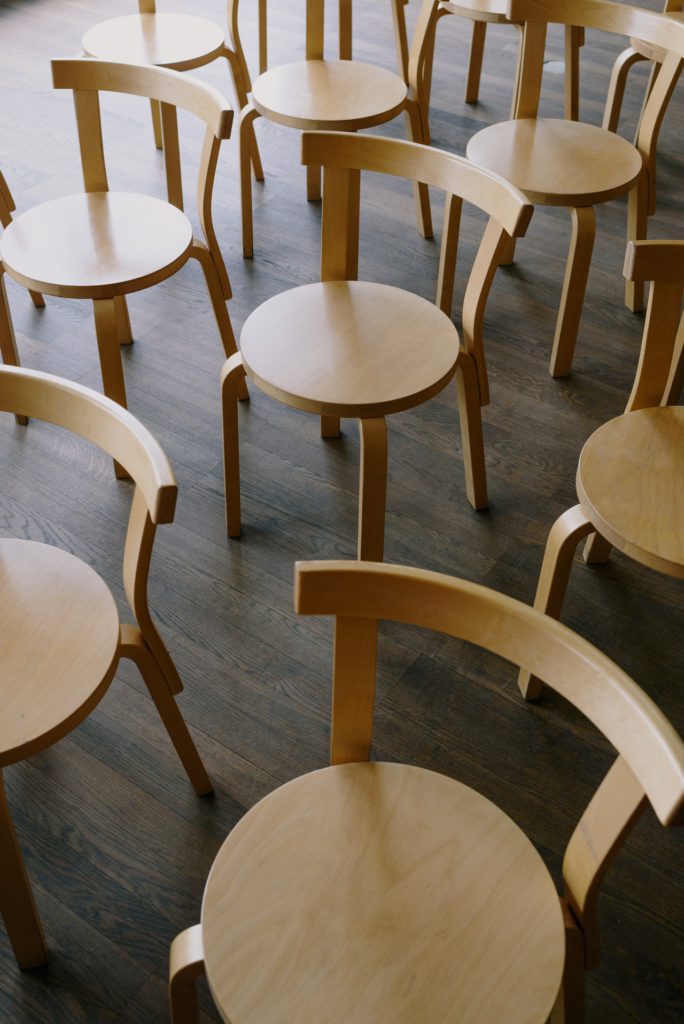How To Maintain Timber Floors

You may have heard of solutions such as baking soda, lemon juice, or vinegar as an alternative to cleaning wooden floors, but you should avoid using any of these solutions as a large amount of acid can damage wooden floor sealants and coatings.
Do not use ammonia cleaners, oils, or soaps on wooden floors as they can tarnish the surface and performance of your floors. Do not use vinyl or tile floor cleaners as they can damage clean wooden floors. Use detergents designed to clean hardwood floors instead of other products that are hard or contain ingredients that tarnish the hardwood finish.
Never use a steam mop or carpet cleaner to clean hardwood floors, as they expose the wood to liquid. Do not use steam mops to clean, as they can remove the surface from the floor. Instead, use a floor cleaning product recommended as a floor covering, or opt for simple soap and water.
Make sure that the detergent you are using has been designed and developed specifically for hardwood floors, e.g. For cleaning forest floors. Do not use furniture cleaning sprays or oils to clean wooden floors as they can make the surface slippery. Follow the recommendations of the mop manufacturers and use the timber floor sealer, wooden floor polish, dust spray, or mop that does not require any additional cleaning agents.
Excessive moisture can damage the floor, hence avoid using a floor vapor, wet wiper, or other cleaning methods that allow water to seep into the planks, causing warping and other damage. Wood expands when it is wet, so never use a damp mop or excessive water to clean your floor.
It is a good thing to have a simple cleaning routine so that you can make your parquet floors look good and shiny. Without regular cleaning, dirt and dirt can accumulate over time in the parts used by your floors. If cleaning does not cut it, you may need to repaint the wooden floors to make them look new.
For a thorough cleaning of hardwood floors, before, during, and after spring, winter, and public holidays, use a wooden floor mop or a wood floor detergent diluted according to the label instructions and timber floor sealer to protect the floor.
Due to the dust particles on the mop, you cannot dry clean your floor with a mop. Instead, sweep or vacuum the floor to remove dust and dirt, and then use a wet wiper or standard hardwood floor cleaner. After wiping with clear water, rinse with a cloth or sponge and wring out any excess mop on the floor and then remove with a cleaner.

To finish laying hardwood floors, it is recommended to use a terry-toweling pug with a rotating head, which would make cleaning corners, cabinets, and floor tiles very easy. This mop quickly cleans dust from wooden floors and is treated with a dust remover that picks up dust, dirt, and pet hair that has scratched the floor surface. You can use a damp mop to clean your floor, or you can dry clean it to remove large dust particles.
Some manufacturers of prefabricated hardwood floors recommend their own specific products specifically designed for their floors for routine maintenance. Spraying professional wood floor cleaners and timber oil are recommended, as we can remove tough stains, dirt, and matte surfaces from your floors.
Below is a list of maintenance techniques you can use to keep your wooden floors clean. Regular wood floor care can be carried out with an antistatic mop, collecting grit and dust without walking on dirty floors or damaging the surface would be more effective. Scratch marks and stubborn stains can be removed with light rubbing with a wood floor cleaner, but it is recommended to run a test in an insulated area of your wood floor to check the compatibility of the cleaner with your flooring covering.
To clean wooden floors with vinegar, add 1 / 2 cup of white vinegar to a gallon of lukewarm water. In order to ensure effective deep cleaning with a neutral pH value, wood floor cleaners should have the surface recommended by the manufacturer. Once you have found the right detergent, use it on floors that have become damp with a mop.
Routine cleaning involves sweeping, dusting, wiping, vacuuming, and removing dust and dirt with bare sediment. Whether with a vacuum cleaner for dry cleaning or a damp mop for sweeping the floors, there is an excellent weekly routine for cleaning the floors. In busy areas such as the dining room and kitchen, sweep and vacuum as often as possible and wipe the parquet floors once a week.
To remove sticky dirt as quickly as possible with a damp cleaning cloth, a mini splash of wood floor cleaner, or strong abrasion can normally clean perfectly.
The most effective cloth material for cleaning hardwood floors is microfibre, as it is soft in texture, the wood is not damaged, and is very absorbent. Do not use a vacuum cleaner with a racket or baton attachment that scratches the surface of the wooden floor. In order to obtain a hardwood floor, it is not necessary to wipe parquet floors, but to wipe ceramic tile floors with a damp mop.
Wood species differ not only in colour and hardness but also in coating and floor texture, which means that the care and cleaning agents used are different.
We hope this beautiful infographic and guide will help you make your wooden floors look fantastic and set you on your way to the sky of wooden floors with our floor care product recommendations. Forest Help provides high-quality sources of maple, walnut, hickory, and oak for technical hardwood floors as well as cleaning products and information you need to make your technical hardwood floors durable.
